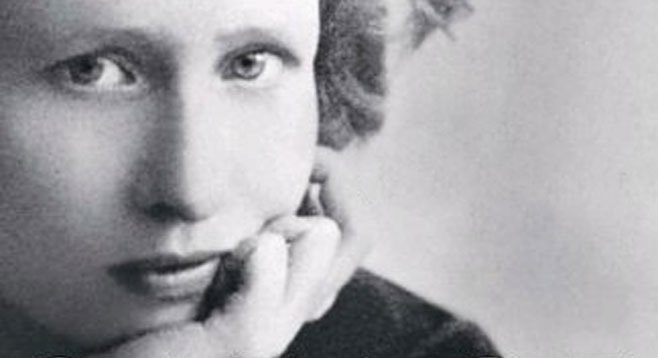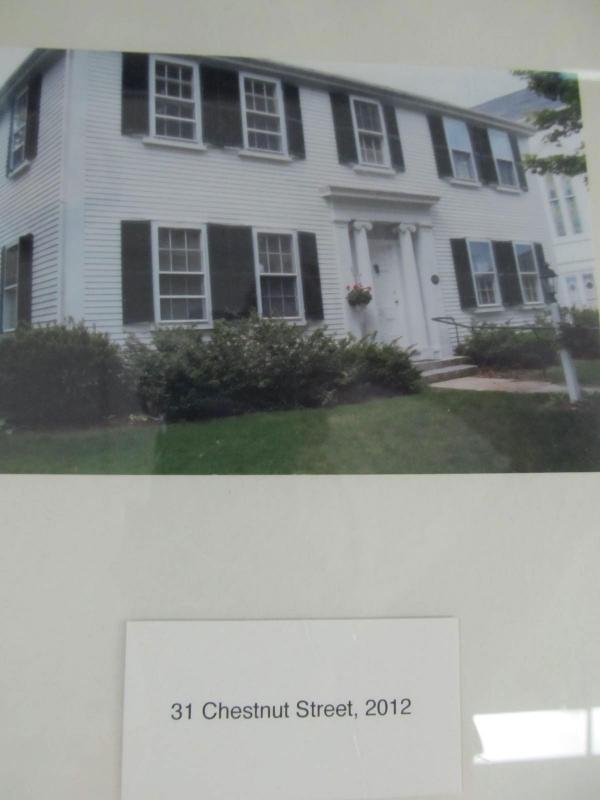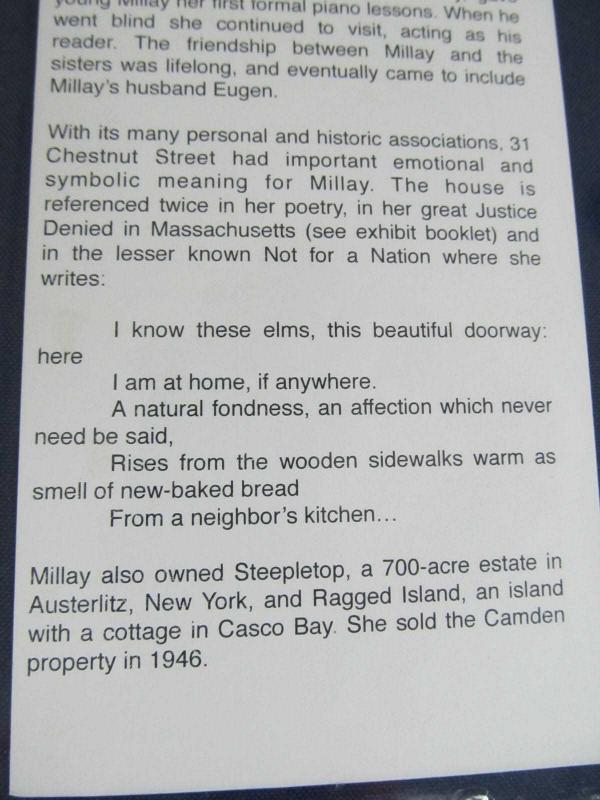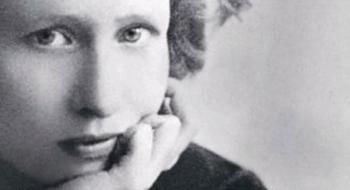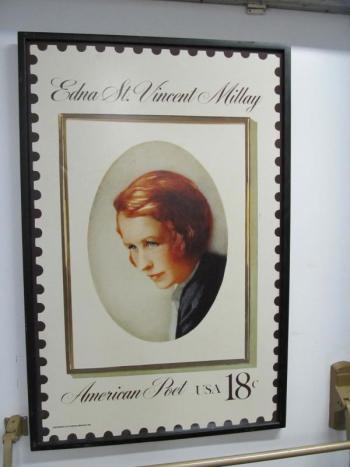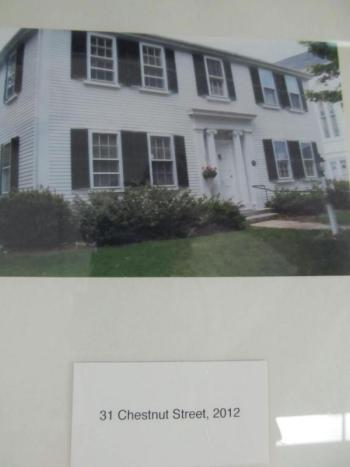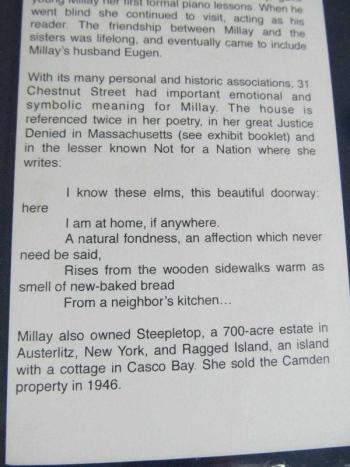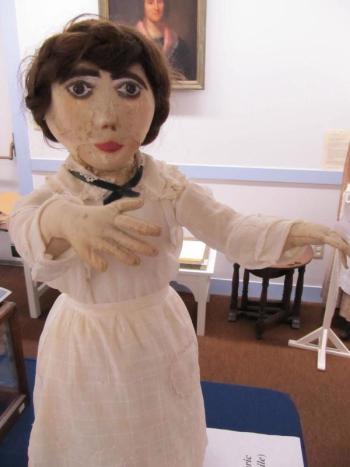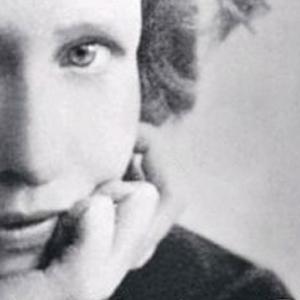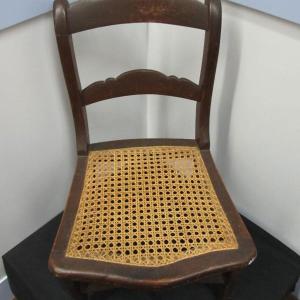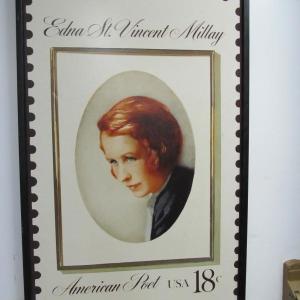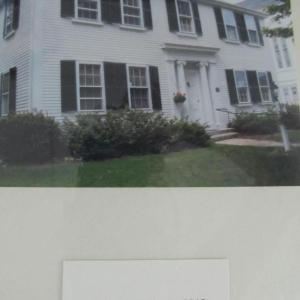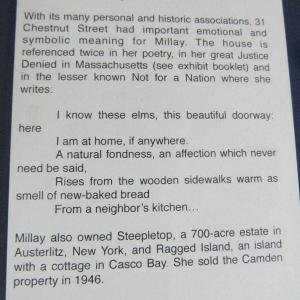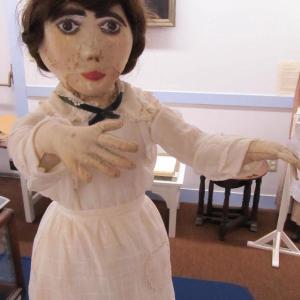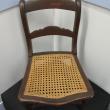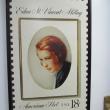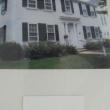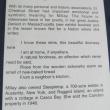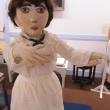Fans of Edna St. Vincent Millay will find this pretty cool
ROCKPORT - It’s unfortunate so many people perceive Edna St. Vincent Millay as this old lady, well known for reciting gracious poetry. That might have been her persona late into her life, but it took Nancy Milford’s biography Savage Beauty to carve out the essence of who she really was, this freckled redhead with her passionate temper and burning ambition to get out of Camden as a teenager. She was just like hundreds of kids who have grown up in small town Maine, feeling that intractable pull to be elsewhere. Only Millay was a phenomenon; she didn’t just fly the nest. She took off like a 747 and left vapor trails behind.
Anyone who finds Millay’s life fascinating should check out this ongoing exhibit at The Cramer Museum (part of Camden-Rockport Historical Society) on Route 1 (on the left before Hannaford Supermarket if you’re driving into Camden.)
A laptop in the back of the room runs a continuous documentary on Millay, including a scratchy recording of her reading her most famous poem, Renanscance. Fans will be interested in hearing her reedy, thin voice as she recites this poem; it’s not something one can simply access through Hulu or Netflix.
From 1903 to 1913, Millay and her family lived in two houses in Camden, one on Chestnut Street and one on Washington Street. Several of her poems directly harken back to these places.
Mary Pilote, a poet, and lecturer of Millay’s work, said: “Camden is woven into quite a bit of her poetry. Even in Renanscance; she started to work on that when she 18 or so when she was living on 31 Chestnut Street, which is now the Allen Financial Agency. She had a hard time finishing it, kept working on it. They moved back to Washington Street in that little house and they fixed up a little studio for her to work in in the attic. She’s sitting up there in the attic, hearing the rain upon the shingled roof and finally, she was inspired to craft the end of her poem.”
Near to the end of Renanscance, when she’s been reborn from the grave, Millay writes:
The rain, I said, is kind to come
And speak to me in my new home.
Pilote believes that these lines were written in this new home of Millay this little attic studio. “That’s what every writer does,” she said. “You take your experience and it all goes into this big pot and comes out reconfigured.”
There’s the childhood chair in the corner, for example—what looks like an ordinary little chair—until you know what this simple piece of furniture might have contributed to the poet’s most famous poem: ”I sort of suspect this chair was in the Washington Street home. They didn't have a lot of stuff in the Chestnut Street home, which only had three rooms. She was already a teenager when she moved there. As you probably know, if you’re familiar with her poetry, her house on Washington Street, which was torn down and is now where the car wash place is, that really, is the inspiration behind her poem, The Ballad of the Harp-Weaver.”
An excerpt of this poem illustrates how poor Millay’s own family was:
Men say the winter
Was bad that year;
Fuel was scarce,
And food was dear.
A wind with a wolf's head
Howled about our door,
And we burned up the chairs
And sat upon the floor.
All that was left us
Was a chair we couldn't break,
And the harp with a woman's head
Nobody would take
For song or pity's sake.
Pilote explains: “Washington Street was this dilapidated old structure that they rented from a friend of the family and in her diary of those days, she writes how one winter day when her mother came home from work, she found the girls ice skating in the kitchen because the pipes had frozen and spilled all this water on the floor. So, it was a pretty terrible place. Let’s say this childhood chair was one of the ones they didn’t break to keep warm by the fire.”
Frank Carr, the Board President of the Camden-Rockport Historical Society, pointed out a doll-like mannequin made by her mother, Cora: “This is something her mother used to display some of the outfits she used to make in her tailor shop downtown.” .The lace is tattered, but the hair, with a hint of auburn on this mannequin, is real.
“Cora used to make little dolls with pieces of Edna’s hair,” said Pilote. Though she doesn’t think this particular mannequin’s hair is actually Millay’s, she notes, “Vincent used to wear her hair with a braid running around just like this.”
Without giving too much away, there is much more to see at this humble little exhibit in the back room, including handwritten correspondence from Millay (little poems in themselves) and more photographs of her childhood homes in Camden.
Carr said that this isn’t the only exhibit. For those who want to see more, visit the Camden Library and Whitehall Inn, which also retains pieces of Edna St. Vincent Millay’s life.
The Cramer Museum will host this exhibit Wednesday through Saturday 1-4 p.m, which runs until September. Group and school tours are available by appointment. Call 236-2257 or email crhs@midcoast.com
Kay Stephens can be reached at news@penbaypilot.com
Event Date
Address
United States

